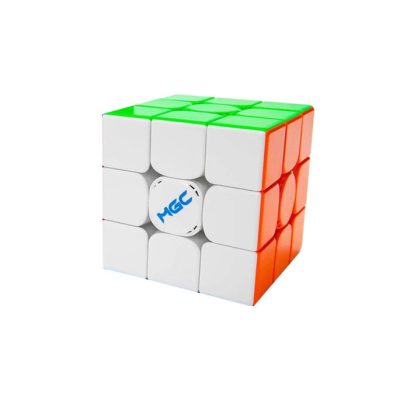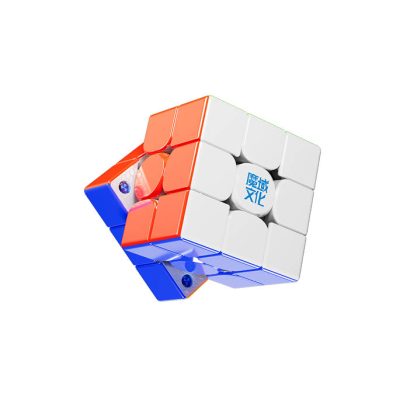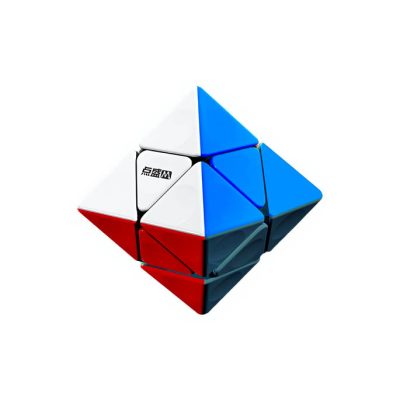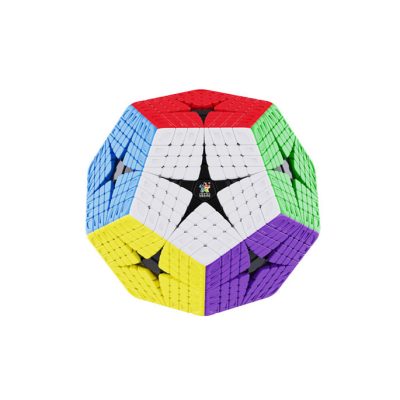-
 dave
dave
- Leestijd: 5 min
- Laatst geüpdatet: 23/12/2024
How do you make model water?
If you are crazy about model building and want to create various landscapes, sooner or later you will face the challenge of fake model water. What at first glance appears to be a considerable challenge does not turn out to be so bad in practice. It definitely takes some time, but it’s not hard to make a waterscape that looks beautiful.
Moreover, the advantage is that you can already make the simplest ways with standard items you have around the house such as toilet paper and wood glue.
Preparing the landscape for modeling water
The first thing you must have to properly incorporate model water into your landscape is a concept. After all, you need to know in advance what you want to make, so you can plan around this what you will do with the water.
When you are sure what you want it to look like you are going to prepare the landscape for the artificial water. You do this by taking into account the depth and shape of the landscape, for example. When creating a beach landscape, make sure the sand slopes gradually into the depths of the ocean. On the other hand, if you make a river you have a bank on two sides that slopes down toward the middle. Take a little more space than you think you will need, because to properly enclose the model water you will need several more layers of material.
Provide a good foundation
A good substrate is very important in creating realistic model water. If you want it to stay well in the landscape, it must be firmly attached. In addition, you don’t want when you’re working with materials such as cast resin or acrylic gel to seep everywhere in between.
In such filling techniques, make sure you frame everything well such as the bottom, as well as the sides (banks) and any objects in the water such as bridges. Use putty for this purpose. Do not do it too thick or it may crack when drying or making changes.
Large, flat surfaces such as the bottom of a lake can be made from plywood sheets or other materials that can be combined with the padding material. So pay close attention to this because otherwise the materials may react with each other, as with some foam boards.
Different ways to make water
There are several ways to make water. Not all of them will be equally suitable for your landscape. Sometimes you also just have a preference for certain materials or methods of modeling. Still, it is good to name them because, especially for the newbies, there will be surprisingly easy techniques among them that anyone can apply.
Keep it simple: toilet paper and wood glue
For starters, it doesn’t have to be all that complicated. You can already make excellent model water with some toilet paper and wood glue. However, you can’t work much in depth with this so make sure you have a sheet of styrene or something similar to work with. You mix the wood glue with some tap water so that it is diluted. Then apply it to the place where you want to make the artificial water. Use a brush for this and then press the toilet paper on top. Make sure you choose a kind with as few patterns or prints as possible. When the paper becomes damp you can easily press it smooth.
Repeat these steps of reapplying the wood glue/water mixture so that you stack several layers of toilet paper on top of each other. About three coats is usually sufficient. With a brush or a paintbrush, you can now easily create waves because the goodness is not yet dry. This is good for when you want to start modeling for your children.
Wait for it to dry completely before painting the appropriate colors on it. Then wait again for it to dry completely before finally applying a coat of lacquer. If you don’t do this, you run the risk of cracking the lacquer layer as it dries.
Clear silicone or acrylic gel
Working with clear silicone or acrylic gel works more or less the same way. You fill the landscape with one of the two materials and then can paint it. You can also choose variants that are already clouded with a particular color. This way you create more depth in your landscape by working with light and various colors.
Also, make sure you have a good bottom with a color. The translucent silicone is transparent and stays that way, while the acrylic gel, while starting out as a white gel, also becomes translucent over time. So it is necessary to color the base and possibly decorate it with all kinds of pieces you want on the bottom, such as pebbles or fish.
Don’t forget to create the waves and other shapes while you still can. If you wait too long, it will dry and you won’t be able to adjust it. Also keep in mind whether you are making moving or stationary fake water. Depth also matters what color you use. The deeper the water, the darker the color. So gradually work toward lighter colors the more you move toward the side.
Ready-made water film
Of course, if you are really reluctant to make your own modeling water, you can buy ready-made water film. For this, you don’t even have to go to the hardware store to buy the right materials and mix. You order it from the model store and can start working on it right away. Do make sure you have a good stable surface such as foam and color it.
Impressive effects with casting resin
Cast resin is an advanced technique, but one that offers very nice results. In doing so, check carefully that you have made a waterproof construction before pouring, and put newspapers or towels under your worktable to be sure. That way you can be sure that any holes will not affect your workplace. This technique belongs to adult modeling because it is not easy for children to work with these tools.
By mixing various materials or colors in the casting resin, you can create impressive effects. Moreover, after finishing with polishing and smoothing, it has a very professional look.
How do I properly finish the water I make when modeling?
The right finish can be the difference between a modeling project with water that stays looking nice and one that slowly decays after a while. Applying the final coat with the right materials will ensure that your landscape and stays looking nice and flawless.
The most common materials for this are lacquer and varnish. You can give your own preference to one or the other, but at least use something to finish the water. This is because water in nature shines because of the light on the wet surface. To mimic this, you also need something shiny. A dull color simply does not have the same result. Pick one of our martime model kits that fits well with your type of water and see what works best for you.
Make sure you apply lacquer on a dry surface or it may crack later. Varnish can be applied to almost any surface. After all, it is colorless.
Table of contents
Much viewed
More blogs

GAN Speedcubes: Innovation and Perfection in the World of Rubik’s Cubes

GAN Speedcubes: Innovation and Perfection in the World of Rubik’s Cubes






